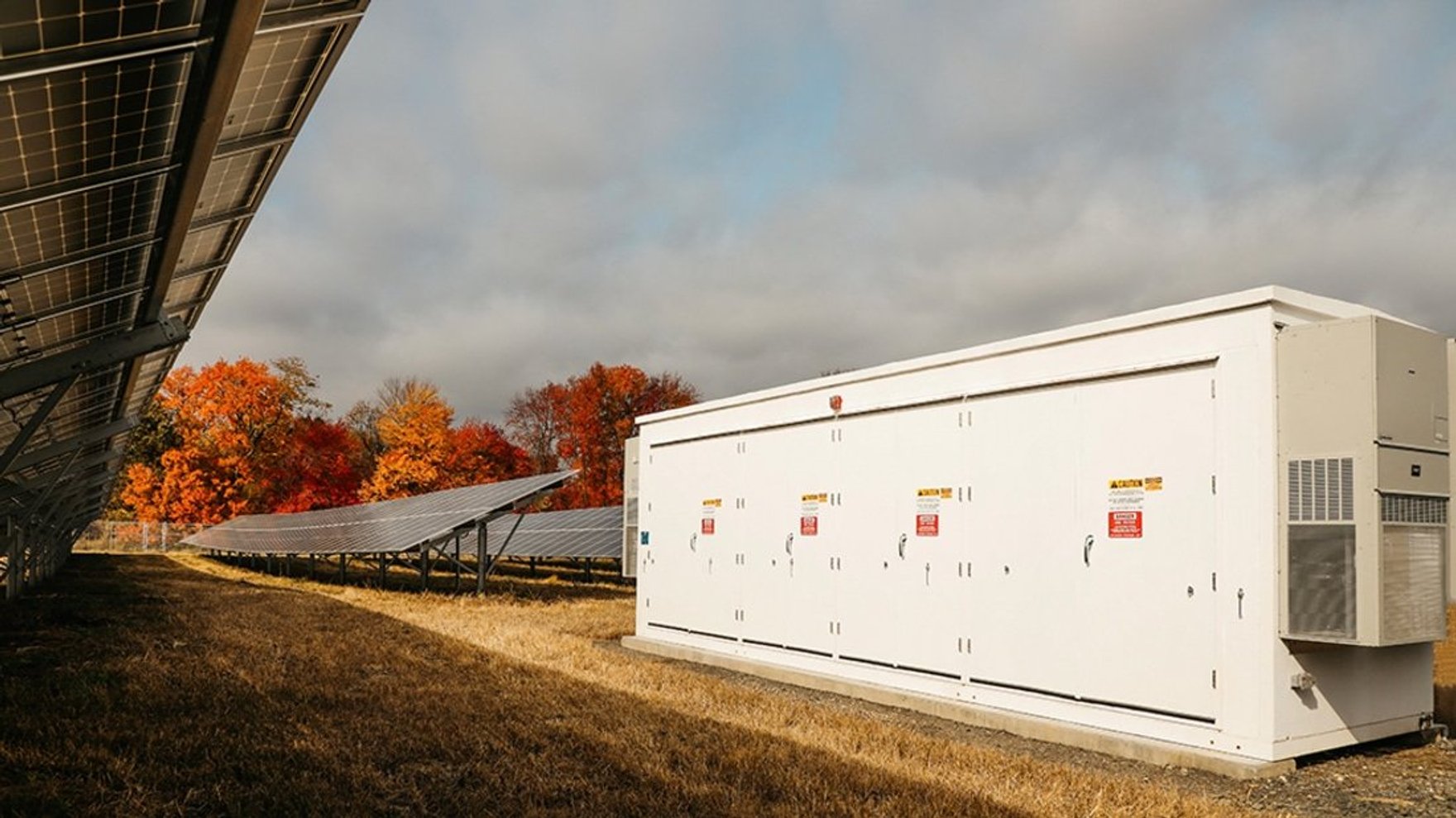
Meet Justin, one of our project mangers, here at Nexamp. We got a chance to spend the day with him at Granby Solar, Nexamp’s first organic grid-scale storage project. This project is unique in that one side of the farm has a fixed-tilt system while the other side is on a tracker.
A fixed-tilt system positions the modules at a fixed tilt and orientation, while a solar tracker system automatically adjusts the position of the array so that the panels consistently track the sun throughout the day.
This site is rich in vegetation, a true paradise for pollinators!
Justin Kasunick:
Hi, I’m Justin Kasunick. I’m a senior project manager with Nexamp.
Justin Kasunick:
I’ve been with the company for four and a half years. I was actively involved with this project. Being a bridge between business development. Going from special permitting to construction.
Justin Kasunick:
Dickinson Farm is a multi-generational family farm that’s still active today. Where we are right now, this was some of their farmland. It was a hayfield, and where the tracking system is, was a squash crop, and kale.
Justin Kasunick:
Now, they reduced that. They’re farming land there, and they’re still active on the other parts.
Justin Kasunick:
Granby Solar is 4.7 megawatts DC, but it also has a storage component associated with it. We have two storage containers like this one, one on the fixed-tilt, and one at the tracker system.
Justin Kasunick:
Where we are now is the RBI System. It’s a fixed-tilt system. At first glance, what you notice is the rows go East-West on these.
Justin Kasunick:
Once we get to the tracker, or when you look at the tracker system that goes North-South. With rolling terrain or undulating projects, you’ll see more of a fixed-tilt system.
Justin Kasunick:
On our flatter arrays… Now we’re starting to get into trackers. The benefit of those are you capture more sun in a smaller footprint.
Justin Kasunick:
This drive shaft right here is linked all the way through this sub-array. Once these are turned on, and live, this whole sub-array will act in unison.
Justin Kasunick:
We were moving along really well, and then COVID-19 pandemic started, and it’s making adjustments to ensure the health and safety of everybody, and being compliant with state and federal regulation.
Justin Kasunick:
The initial fear and shock of a pandemic hitting our country, that was the greatest challenge that I had to navigate with our team.
Justin Kasunick:
We did stop for a little while just to assess the situation, and how we’re going to respond to it, and not react. We want to make sure that we’re making a clear decision, and one, safety is a priority, but also maintaining production.